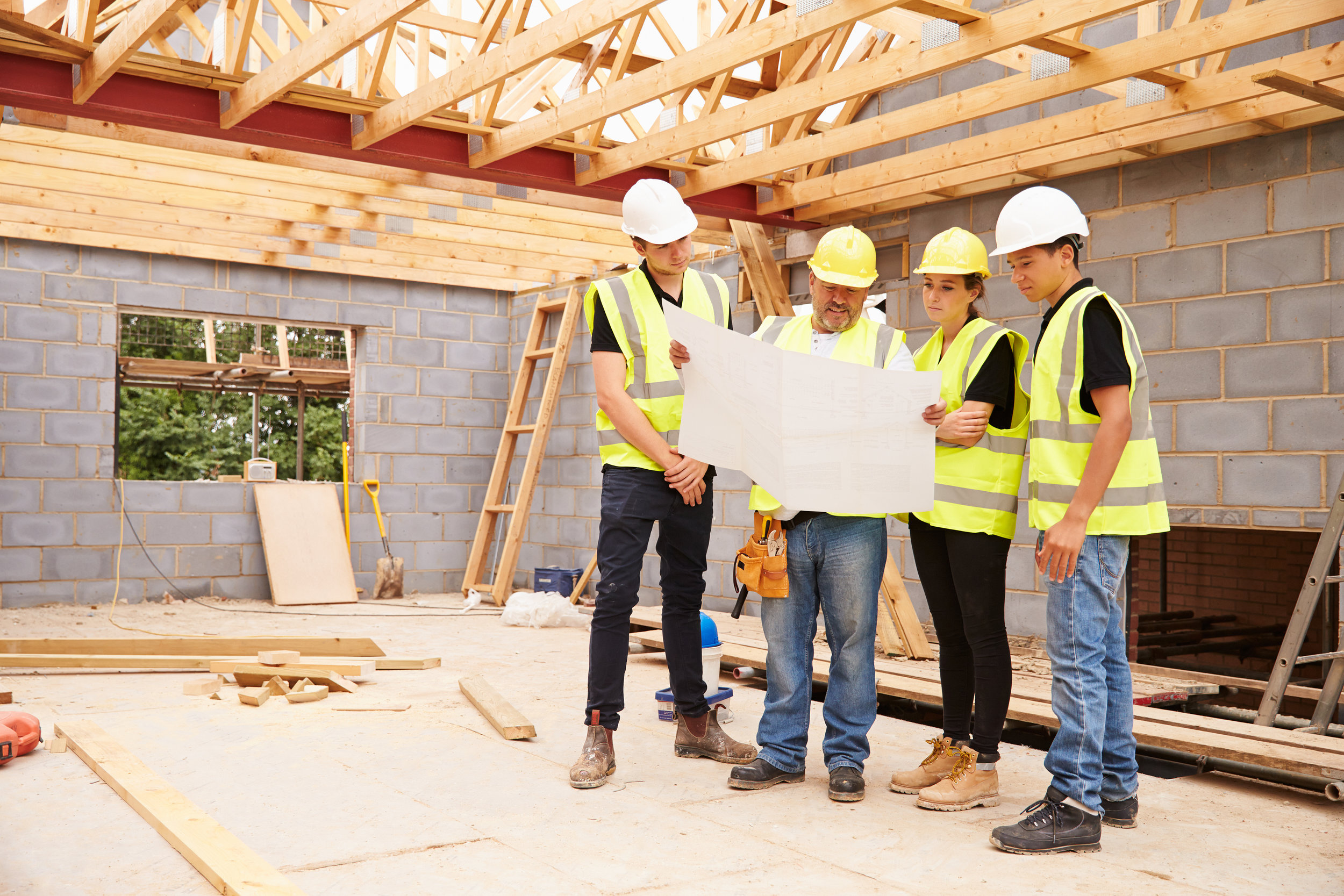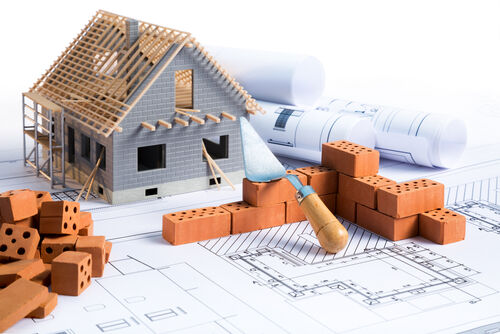How a General Specialist Can Change Your Usual Areas Into Functional Areas
The transformation of common areas into useful spaces is a nuanced procedure that needs a general specialist's knowledge in examining certain area demands and creating tailored services. By taking into consideration aspects such as format, access, and visual appeal, a contractor can produce environments that not just serve practical purposes yet likewise foster area interaction.
Assessing Current Common Location Requirements
When assessing typical areas, it is necessary to recognize and recognize the details needs of the area they serve. This procedure begins with a complete analysis of current usage patterns, which involves gathering data on foot web traffic, optimal use times, and activities taking location within these areas. Involving with neighborhood members with conferences or studies can give beneficial insights right into their choices and challenges.
Next, it is very important to think about the group make-up of the community, including age, way of life, and any type of special requirements that may affect exactly how these areas are used. As an example, family members with young kids may require play areas, while older grownups might prioritize ease of access attributes.
In addition, examining the existing framework and features is crucial. Recognizing areas that are underutilized or in need of repair can educate possible improvements. Collaborating with stakeholders, such as home managers and neighborhood companies, ensures that the analysis reflects a thorough understanding of the community's needs.
Eventually, a careful analysis of current typical area requires lays the groundwork for reliable improvements, permitting the creation of rooms that cultivate interaction and boost the overall top quality of life within the neighborhood.
Designing for Functionality and Aesthetics
A thorough understanding of neighborhood needs establishes the stage for effective layout that balances performance and aesthetic appeals in typical locations. Successful style calls for a thoughtful approach that considers both the functional uses the area and the visual appeal that enhances the setting.
Useful layout entails producing spaces that deal with the particular activities and interactions of the community. This may consist of flexible seating plans for celebrations, available paths for individuals with mobility challenges, or assigned locations for entertainment tasks. Each element should offer an objective while guaranteeing simplicity of motion and convenience for users.
The selection of shades, products, and lights can significantly affect the assumption of a room. Additionally, aligning the style with the neighborhood's cultural identity can cultivate a feeling of belonging and pride.
Budgeting and Resource Appropriation
Efficient budgeting and resource appropriation are vital components in the effective makeover of typical areas. A distinct spending plan details the monetary parameters within which the task have to operate, making sure that costs are regulated and sources are efficiently utilized. This starts with a detailed analysis of job requirements, consisting of style elements, products, and labor.

A general service provider plays a crucial duty in this stage, working together with stakeholders to establish realistic spending plan quotes that align with the desired vision. By prioritizing essential attributes and checking out affordable choices, the specialist can optimize costs without compromising top quality.
Source allotment requires tactically assigning employees, devices, and materials to various phases of the task (Kitchen Remodeling Indiana). This calls for mindful preparation to prevent delays and make certain that each element is supplied on schedule. Additionally, regular tracking of expenses against the budget aids to identify prospective overruns early, enabling prompt changes
Managing Building Refine Successfully
Taking care of the construction process efficiently is necessary for attaining prompt task conclusion and keeping spending plan honesty. A well-coordinated approach involves precise planning, clear interaction, and efficient source administration. General service providers should develop a thorough project timeline that outlines each phase of construction, enabling the identification of possible traffic jams and essential milestones.
Regular development conferences are crucial for keeping all stakeholders informed and aligned. These meetings assist in the prompt resolution of concerns, making sure that the task remains on track. Furthermore, using job administration software application can streamline interaction, track progression, and take care of documents, lowering the probability of misconceptions and delays.
Effective source allocation is also vital. By guaranteeing that products, labor, and tools are go to these guys readily available when required, basic specialists can avoid costly disturbances. Carrying out a proactive strategy to run the risk of management additional enhances effectiveness, as it enables the recognition and reduction of prospective obstacles before they rise.

Making Certain Conformity and Top Quality Specifications
Conformity and high quality criteria are basic to the success of any building job, making sure that the completed spaces not only satisfy customer assumptions but additionally adhere to regulatory requirements. A general contractor plays a crucial duty in imposing these criteria throughout the building process.
First, it is crucial for the service provider to stay updated on regional building regulations, safety and security regulations, and market finest methods. This expertise allows them to lead design choices and material choices that line up with conformity criteria. Normal examinations and quality evaluations during the building and construction phase assistance to you can try these out recognize prospective issues early, mitigating pricey delays and rework.
Moreover, a credible basic professional cultivates a culture of top quality amongst employees and subcontractors. This can be achieved by giving training on conformity methods and implementing strict quality assurance measures. By establishing clear communication networks, the specialist can make certain that every person entailed comprehends their duties regarding conformity and high quality.
Final Thought
Finally, the duty of a basic specialist in changing typical areas right into practical areas is critical. Through an extensive assessment of neighborhood demands, thoughtful layout, precise budgeting, and reliable job management, these experts can produce environments that boost use and visual appeal. Adherence to conformity and anonymous high quality criteria additionally guarantees that renewed spaces not just meet the assumptions of stakeholders but additionally foster involvement and enhance the total experience for all individuals within the neighborhood.
The change of usual areas into useful spaces is a nuanced procedure that requires a basic specialist's expertise in examining particular area requirements and developing tailored remedies. By considering variables such as format, accessibility, and aesthetic appeal, a specialist can create atmospheres that not just offer functional objectives but also foster community involvement. General contractors need to establish a thorough project timeline that describes each phase of building and construction, permitting for the identification of important landmarks and potential bottlenecks.
